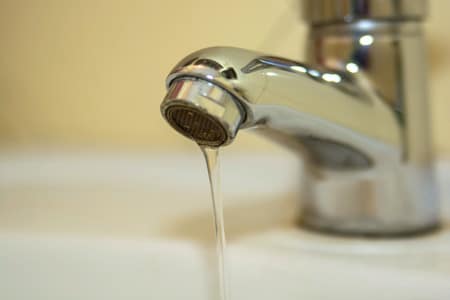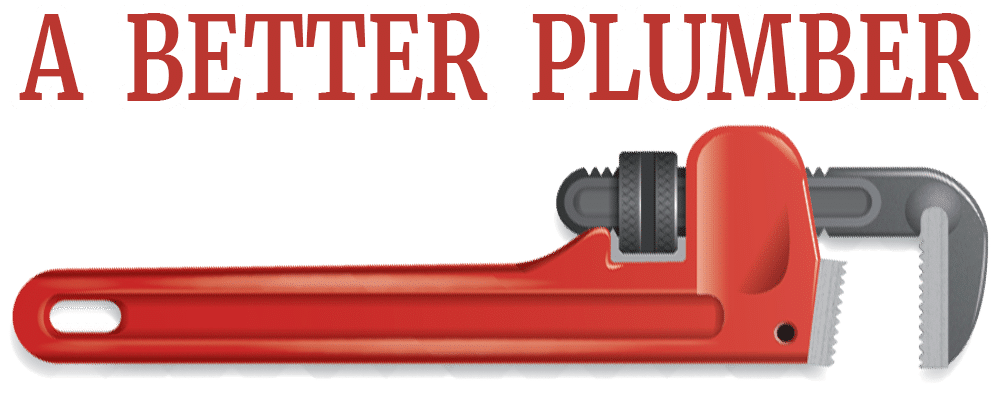How To Fix Poor Water Pressure In Your Home

Most homeowners are not very picky when it comes to the water pressure in their homes. As long as it is possible to rinse dishes, enjoy a comfortable shower, and use a garden hose from time to time, the pressure is considered to be fine. But when you begin to notice that the water pressure in your home is dipping below that acceptable range, you begin to wonder and worry what is causing this mysterious decrease. Fortunately, many of the issues that cause low water pressure are easy to resolve. But a few are just a hint of a more significant, more serious plumbing issue.
DIY Repair Possibilities
There are a few very basic reasons that your water pressure appears lower than it was in the past. The first possibility is common right after you have completed a plumbing project that required you to turn off the water to your home. The problem can be as simple as not getting the shutoff valve open completely. Older valves can stick and be difficult to open and close, especially when they are not used regularly. Check your valves to be sure that they are fully open and not restricting the water flow into your home.
If you are only noticing the low-pressure issue in your shower, the problem could be as simple as scale buildup. This can be very apparent when using large rain showerheads or conventional models. Newer showerheads often have a rubberized cover over the water outlets so that they are easy to flex and scrub. Try rubbing a soft sponge over the spray surface to remove the scale. If that does not work, or your showerhead is all metal, the best option is to remove the showerhead and soak it in a descaling solution.
Finally, are you only noticing low pressure at a particular time of day? You could be experiencing low water pressure throughout your neighborhood rather than just your home. The overall demand is highest in the morning when many residents are showering and in the evening, when everyone returns home. Check your water pressure at various times during the day to determine if the issue is not your home, but the city water pressure that is fluctuating.
More Serious Concerns
If your home had very high water pressure, you should have a pressure regulating valve on the main water supply pipe. This valve is used to reduce the water pressure to a safe level. Having excessive water pressure will damage your home’s plumbing pipes and fixtures. Like everything in your home, the pressure regulator can wear out and overcompensate for the high pressure. As a result, your water pressure drops below the normal level. While this sounds like a simple issue, it is best to leave the inspection of your pressure regulator to a licensed plumber.
Another serious option to consider is the possibility of a water leak. As the size of the leak increases, your home’s water pressure will decrease. But low water pressure is the least of your worries. The primary concern is where is that water going and what is it damaging. The only way to answer these questions with certainty is to contact a leak detection specialist to examine your home’s plumbing system. Locating and repairing the leak quickly could save you thousands of dollars in water damage repair and even mold removal.
Finally, older homes have a great deal of charm. But what they also have is old steel plumbing pipes. And as these pipes age, they corrode and restrict the water flow in your home. The result is annoyingly low water pressure and possibly many small leaks throughout your home. A plumbing inspection from a licensed plumber is the best way to determine the type of pipes that are in your older home and the condition of those pipes. In the case of steel piping, replacement is the only option in some areas as this material no longer meets building code.
When you have a concern about low water pressure, there are few simple things that you can look for and correct in your home. But more serious issues should be addressed by the pros at A Better Plumber. Just call (301) 278-8786 to schedule an appointment with one of our licensed plumbers to investigate your low-pressure issue.







